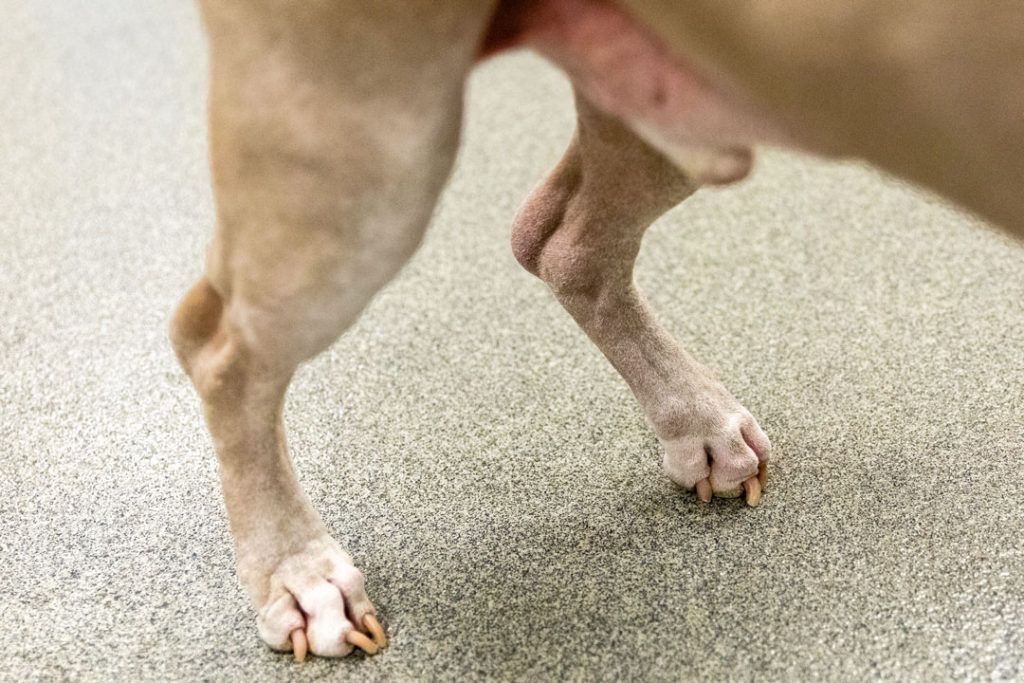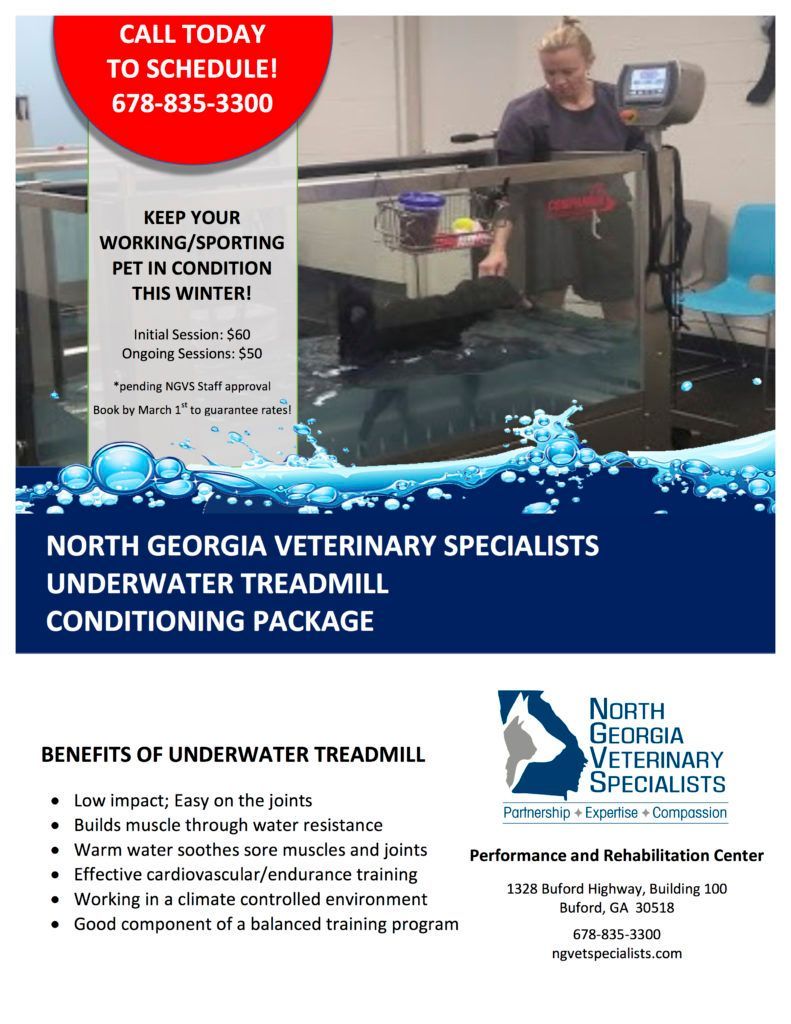Achilles Tendon Injuries
NGVS • June 21, 2020
Achilles tendon injuries cause persistent and progressive lameness in dogs when not identified and treated appropriately.

What is the Achilles Tendon?
The Achilles tendon (also called common calcaneal tendon) is a tough band of fibrous tissue that is the aggregate of those structures to the heel bone or calcaneus. It is made up of tendons from five muscles of the hindlimb. These are the superficial digital flexor tendon, the gastrocnemius tendon, and combined tendon of the gracilis, semitendinosus, and biceps femoris muscles.
How Does the Achilles Tendon get injured?
The Achilles tendon (also called common calcaneal tendon) is a tough band of fibrous tissue that is the aggregate of those structures to the heel bone or calcaneus. It is made up of tendons from five muscles of the hindlimb. These are the superficial digital flexor tendon, the gastrocnemius tendon, and combined tendon of the gracilis, semitendinosus, and biceps femoris muscles.
What are the signs of Achilles Tendon Injuries?
Signs of Achilles tendon injuries include varying degrees of lameness. Mild strains may result only in lameness, pain, and swelling. As the injury worsens, the heel of the injured limb appears progressively dropped when weight-bearing, and some may walk completely flat foot if the rupture is complete. These occur concurrently with an extended stifle. When the superficial digital tendon is intact, the toes can be curled downward in a crab claw stance that appears like the pet is trying to grip the floor. This is because the full weight and strain of weight bearing is applied on the superficial digital flexor tendon, which subsequently pulls the digits into flexion.

Bilateral injury is also possible, resulting in severe disability.
Diagnosis and Treatment of Achilles Tendon Injuries
Diagnosis of Achilles tendon injuries is made on physical examination. Palpation of the injured Achilles tendon may reveal a loss of continuity or thickening of the tendon structure. Other modalities for confirming and further characterizing the Achilles tendon injury include radiographs, ultrasound, computed tomography scans, and magnetic resonance imaging.
Treatment of Achilles tendon injury can be conservative (non-operative) or surgical. Conservative management consist of immobilization and rehabilitation and is best suited to acute injuries with partial rupture. Surgical treatment involves repairing the injury with sutures, followed by immobilization and then rehabilitation.

The treatment option chosen as well as the method of immobilization used will depend on the location and severity of the injury, the age, size, and temperament of the pet, the home environment, other co-existing injuries, and financial considerations. Immobilization may last up to 12 weeks, though there is a move towards making this shorter. It will involve frequent recheck evaluations and adjustment of immobilization devices. Following the period of immobilization, physical rehabilitation is usually necessary to re-establish an appropriate range of motion in the tarsal joint and continue to strengthen the Achilles tendon. The total duration of rehabilitation may be up to six months, with slowly increasing activities used to minimize the risk of repair failure and increasing the chances for an optimal outcome.
Potential complications include re-rupture of the tendon or breakdown of the surgical site, which can often be avoided with appropriate postoperative care and restrictions. The prognosis is usually favorable, with 70-94% of dogs having and acceptable level of function.
If you suspected your pet has an Achilles tendon injury, call our get a referral to our surgery service from your primary care veterinarian for an initial evaluation.












